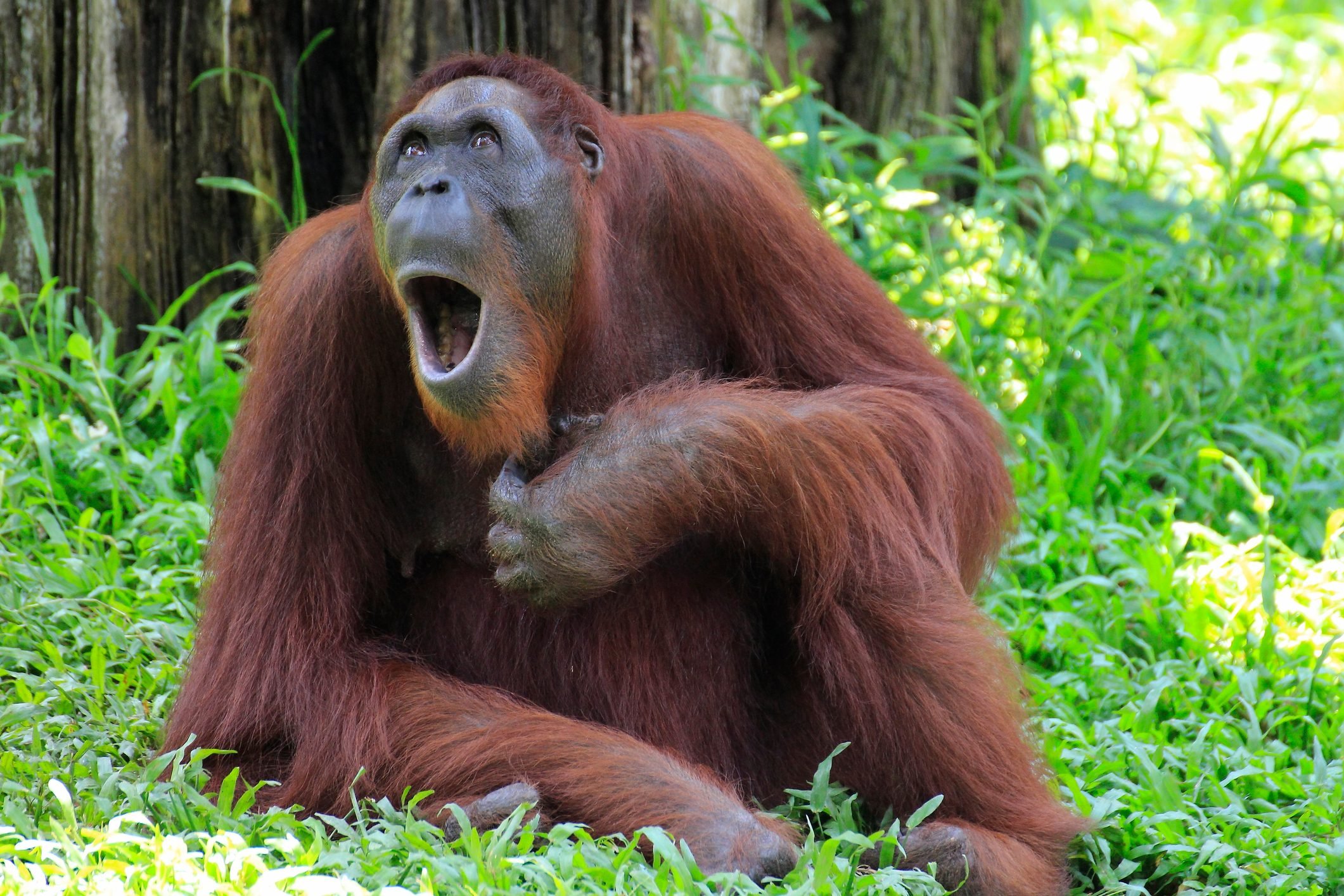Delhi has been battered by heavy rain in recent days, breaking a 41-year record for rainfall in a single day. The city received 153 mm of rain in 24 hours ending 8.30 am on Sunday, the highest since July 25, 1982, when 169.9 mm of rain was recorded.
The heavy rain has caused widespread flooding and waterlogging in the city. Several roads and underpasses have been submerged, and traffic has been disrupted. The Delhi Metro has also been affected, with some stations being closed due to flooding.
The rain has also caused power outages in some parts of the city. The Delhi government has urged people to stay indoors and avoid unnecessary travel.
The India Meteorological Department (IMD) has forecast more rain in Delhi in the coming days. The IMD has issued a yellow alert for Sunday, warning of moderate to heavy rain at isolated places.
The heavy rain has been caused by a combination of factors, including a western disturbance and a low-pressure area over the Bay of Bengal. The western disturbance is a weather system that brings rain to the northwestern parts of India. The low-pressure area is a region of low atmospheric pressure that can cause rain and thunderstorms.
The heavy rain is a reminder of the challenges that Delhi faces in terms of its infrastructure and drainage system. The city is built on a floodplain, and it is prone to flooding during the monsoon season. The heavy rain has also highlighted the need for better disaster preparedness in Delhi.
The Delhi government has said that it is taking steps to mitigate the impact of the heavy rain. The government has deployed teams to clear waterlogging and restore power supply. The government has also urged people to stay safe and follow the instructions of the authorities.
The heavy rain in Delhi is a reminder of the power of nature. It is also a reminder of the need for better infrastructure and disaster preparedness in the city.


